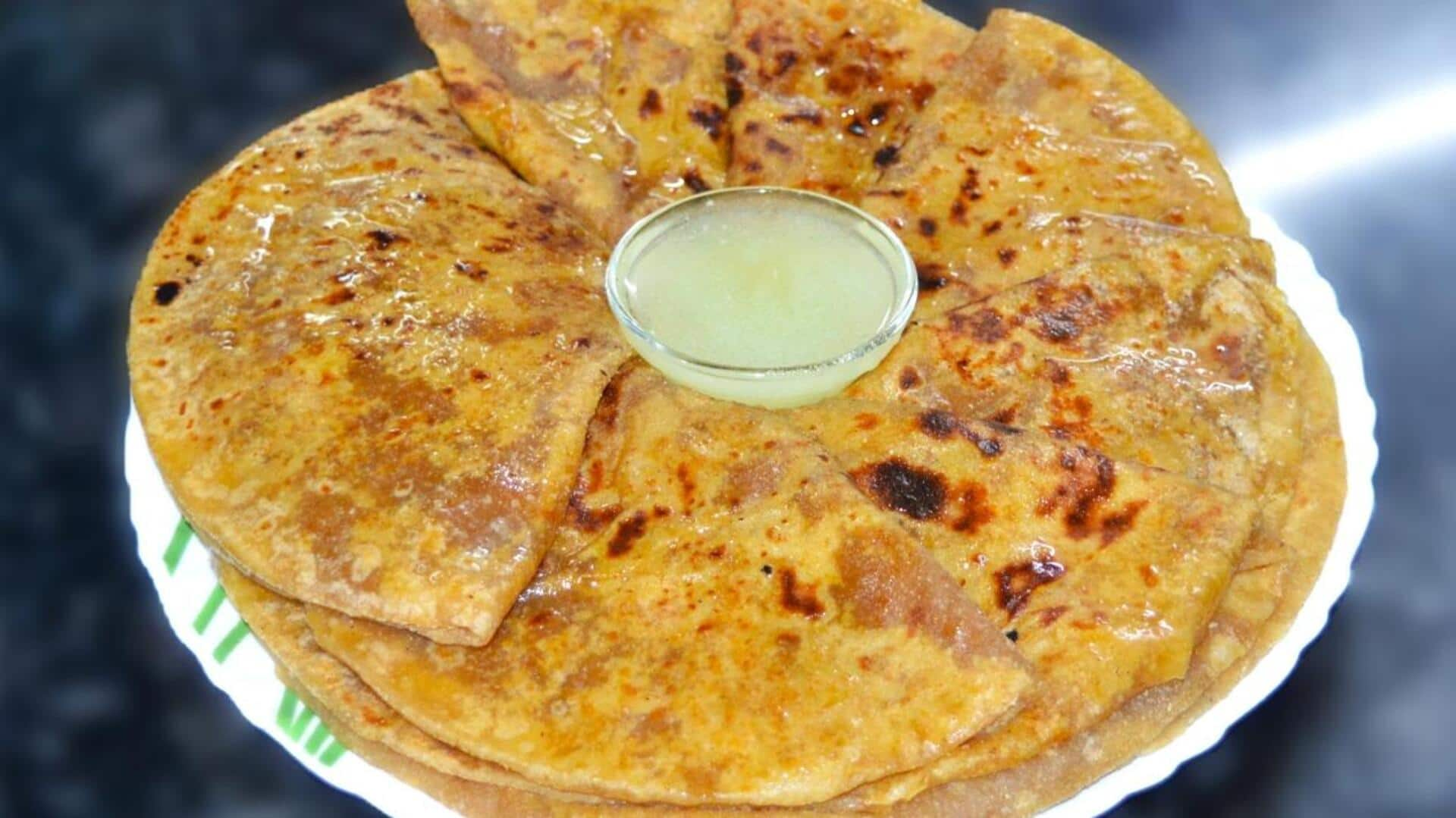
Puran poli: Tradition's sweet adventure to global recognition
What's the story
Puran poli, a traditional Indian sweet flatbread, has been a staple in festive celebrations across India for generations. Known for its unique blend of flavors and textures, this delicacy is made from simple ingredients like jaggery, lentils, and flour. As globalization continues to influence culinary trends, puran poli is gaining recognition beyond its regional roots. This article explores the journey of puran poli from local kitchens to international tables.
Historical roots
The origins of Puran poli
Puran poli has ancient roots in Indian culture. Made commonly during festivals like Holi and Diwali, it is a symbol of prosperity and happiness. The dish changes a bit from region to region with different names like Obbattu in Karnataka and Bobbatlu in Andhra Pradesh. However, the core ingredients remain the same, emphasizing on the shared cultural heritage.
Core components
Ingredients that define tradition
The main ingredients of puran poli are chana dal (split chickpeas), jaggery (unrefined sugar), cardamom powder, and wheat flour. The combination of these elements gives the dish not just a nutritional value but also a unique taste. While jaggery makes it sweet, cardamom makes it aromatic. The addition of lentils makes sure that the delicious stuffing is protein-rich, which goes well with the soft outer layer.
Preparation methods
Culinary techniques passed down generations
Preparing puran poli involves careful techniques that have been passed through generations. The dough is kneaded till soft and pliable, before being stuffed with a sweet mixture of cooked lentils and jaggery paste. It is then rolled out carefully into thin discs, before being cooked on a hot griddle till golden brown spots appear on either side.
International appeal
Global recognition through fusion cuisine
As Indian food continues to take over the world with its variety of flavors and health benefits, dishes like puran poli are getting their global recognition. How? Thanks to some chefs' fusion food projects where they play with the traditional recipes. They add the local touch or present them in a modern way without losing their authenticity.